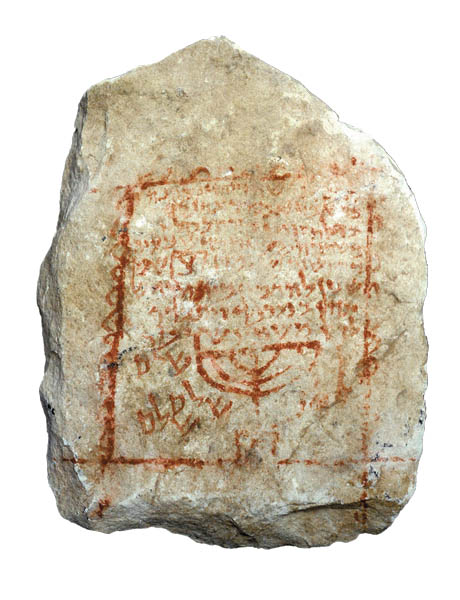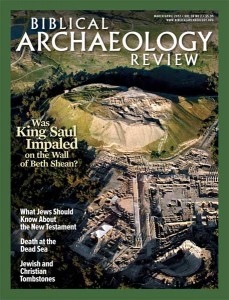
Amid the desolate, rocky wasteland of Biblical Zoar, Konstantinos Politis and others have discovered hundreds of remarkable tombstones that preserve detailed portraits of life—and death—among the Christians and Jews who once dwelled there. The often brightly colored and intricately decorated stones are a treasure trove of information about these two communities during the fourth to sixth centuries C.E. when Zoar (then known as Zoara or Zoora) was the seat of a major Christian bishopric and also home to a significant Jewish population.
In the accompanying article, two scholars expert in interpreting the epitaphs and iconography of these burial markers—Professor Steven Fine of Yeshiva University in New York and Kalliope I. Kritikakou-Nikolaropoulou of the National Hellenic Research Foundation in Athens, Greece—provide separate discussions of the Jewish and Christian tombstones of Zoar. Each examines the host of names, occupations and religious titles found within the communities, as well as the unique symbols and dating formulas that both groups used for their eternal memorials to the dead.
In Byzantine times a small but vibrant Jewish community lived among the much larger Christian community in Biblical Zoar, southeast of the Dead Sea. We know this from the surviving tombstones.
Already a library member? Log in here.
Institution user? Log in with your IP address.

